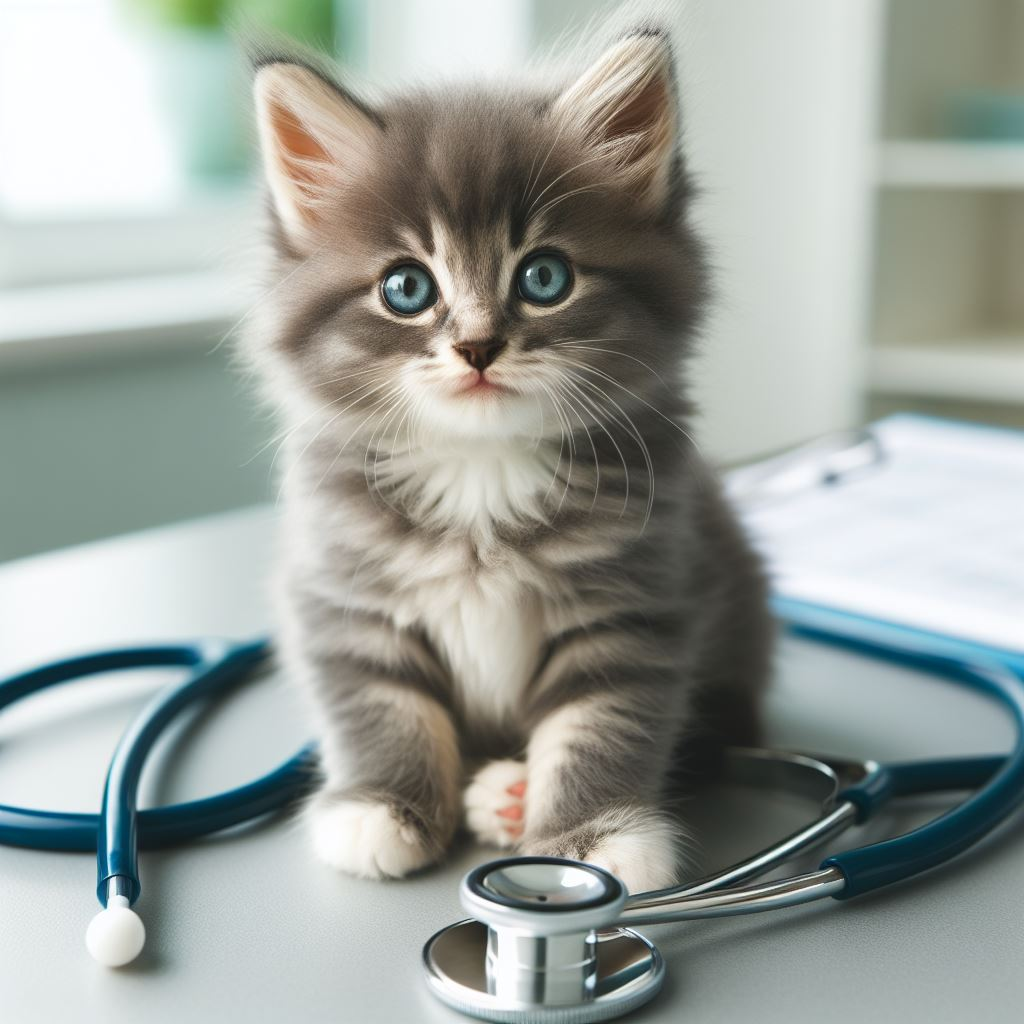
Guide to Bottle Feeding Kittens
Getting Ready for Your First Feeding
Welcome to the world of bottle-feeding kittens! I know you’re probably feeling a mix of excitement and nervousness about caring for these tiny furballs. Don’t worry – with some preparation and patience, you’ll get the hang of it in no time. Let’s go over the basics of how to hold that bottle like a pro:
- Proper Position is Key: Always keep kittens on their bellies when feeding, never on their backs. This mimics how they would nurse from mom and prevents them from inhaling formula.
- Getting Latch: Gently open their mouth and guide the nipple in. If they resist at first, try putting a drop of milk on their tongue to get them interested. They’ll likely get the idea quickly!
- Angle Adjustments: Tilt the bottle so the formula fills the nipple without bubbles. This stops overflowing into their nostrils, which is seriously unpleasant for them!
- Knowing When to Stop: Look for signs they’re full like milk dribbling out or turning their head away. Better leave them wanting more than overfeeding the poor things!
- Burping and Massages: Gently rub their bellies and play after eating to help digestion and avoid tummy troubles. You’re already an awesome cat parent!
Keeping Your Kittens Happy and Healthy

Now that you know how to bottle feed like a champ, let’s talk about keeping your kittens comfortable, safe, and growing. Their routine care is so important while they are teeny and vulnerable!
- Clean Scene: Thoroughly washing bottles, bedding, and even their bathroom is essential to avoid germs that can overwhelm their developing immune system.
- Stimulation Station: After feeds, use a warm, damp cotton ball to gently stimulate their genital area to pee/poop until they can do it themselves.
- Weight and Hydration Checks: Monitor their weight gain every few days and check elasticity of skin at the neck scruff for dehydration concerns.
I know it seems like a lot to stay on top of! But you’ve got this. Just take it one feeding, one snuggle, one kitten at a time!
How Often Should You Feed Them?
Great question! Feeding frequency depends on their age and size. Let me break it down:
- Newborns: These tiny ones need to be fed every 2-3 hours around the clock those first couple weeks. Exhausting for you but crucial nourishment for them!
- 2-4 Weeks: As they grow, they can generally move to every 3-4 hours. Watch their cues though!
- Weaning: Start mixing formula with wet food at about 4 weeks and gradually switch to all solids around 6-8 weeks as they show readiness.
I know it can be hard to tell if you’re feeding them enough. That’s why tracking growth patterns and asking your vet about ideal weight gain for their age is so important.
Supporting Development and Social Skills
Your care and attention during these early weeks and months set the foundation for your kitten’s future health and personality. It’s a big responsibility but so rewarding!
- Developmental Milestones: Note when they start crawling, playing, teething, etc. If you notice lags, chat with your vet.
- Socialization: Gently expose them to new people, safe animals, car rides, and environments. This mental stimulation is key for well-adjusted cats!
By responding to their needs, keeping them positively engaged, and monitoring any issues, you are giving them the best start in life. Well done!
Choosing the Right Kitten Formula
I know staring down all those options in the pet store aisle can be overwhelming! Let’s break down how to pick the best formula:
- Specialized is Best: Opt for a milk replacer made just for kittens instead of products for puppies or generic brands.
- Avoid Cow’s Milk: Despite what cartoons show, cow’s milk can actually cause major digestive upset in kittens!
- Read the Instructions: Follow the manufacturer’s directions exactly in terms of amounts, prep, storage, and warming to avoid issues.
If you have any doubts about which formula or brand is suitable, your veterinarian is your best resource. Don’t hesitate to ask!
Troubleshooting Common Feeding Problems
Despite your best efforts, sometimes kitten feeding hits snags. Here’s how to address them:
- Refusal: If they don’t eat, try different nipples or heat the formula a bit. If this persists, call your vet promptly.
- Overeating Risks: Diarrhea or vomiting can signal overfeeding. Carefully follow serving guidelines and watch for cues they’re full.
- Undereating Concerns: Underweight or low-energy kittens may need more frequent or higher-calorie formulas. Have your vet assess if uncertain.
While blips can certainly happen, remember a consistent feeding routine is hugely comforting to kittens. You’ve got the dedication and care to provide that!
Vet Visits to Safeguard Health
Given kittens’ still-developing immunity, keeping up with veterinary care is essential:
- Well Checks: Take them in on schedule for exams, vaccines, parasite treatments, and any necessary medications.
- Monitor Issues: Note symptoms between visits too – diarrhea, eye/nose discharge, raspy breathing, anything unusual warrants a vet call!
Building rapport with a trusted veterinarian ensures you have expert guidance supporting your kittens. Their checkups (and your questions) are pivotal for these youngsters!
Creating a Loving Haven for Them
A healthy kitten is a happy kitten! Optimizing their environment promotes security and development, too:
- Cozy Quarters: A quiet, low-traffic room away from kids and dogs and loud noise reduces stress.
- Nest Essentials: Provide soft bedding they can snuggle into, with space heaters or heating pads to meet their temperature needs.
- Snuggle Sessions: Handle, brush, and play with them often so they associate you with comfort and affection!
Whether it’s soothing classical music, affectionate chin scratches, or keeping their space sparkling clean, nurture them with thoughtful touches. They’ll surely reciprocate the love as they grow!
Weaning Your Kittens to Solid Foods
Around 4 weeks old, kittens start nibbling solid foods. Moving from formula to “real cat” eats takes finesse though!
- Start Supplementing: At weaning time, offer tiny amounts of kitten wet food mixed thoroughly with formula to ease the transition.
- Find Their Favorite: Try different proteins and textures to see what gets your kitten excited to dive in! Their preferences help guide the process.
- Slowly Reduce Bottles: As solid food intake picks up, start spacing out formula feeding sessions more. By 8-12 weeks they should be pros with a bowl!
It can be hard to relinquish that special bottle-feeding bond. But soon you’ll have a lap full of purring, pouncing, solid-food-loving furballs! Enjoy this precious window of kittenhood!
Continuing Care in the Months and Years Ahead
Well done for getting your kittens off to such a strong start! As they shift fully from formula to cat food, turn more active and independent, continue nurturing them with:
- Ongoing veterinary care for spaying/neutering, annual exams, etc.
- Mental stimulation with play sessions, puzzle toys, and cat trees for climbing
- Patience and support as they explore, adjust to new situations, and establish personality quirks!
Your dedication through the early feeding days paved the way for this bright future. Whether cuddled on your lap or racing through the house on kitten mischief, they’ll bring you joy and companionship for years ahead!


Leave a Reply